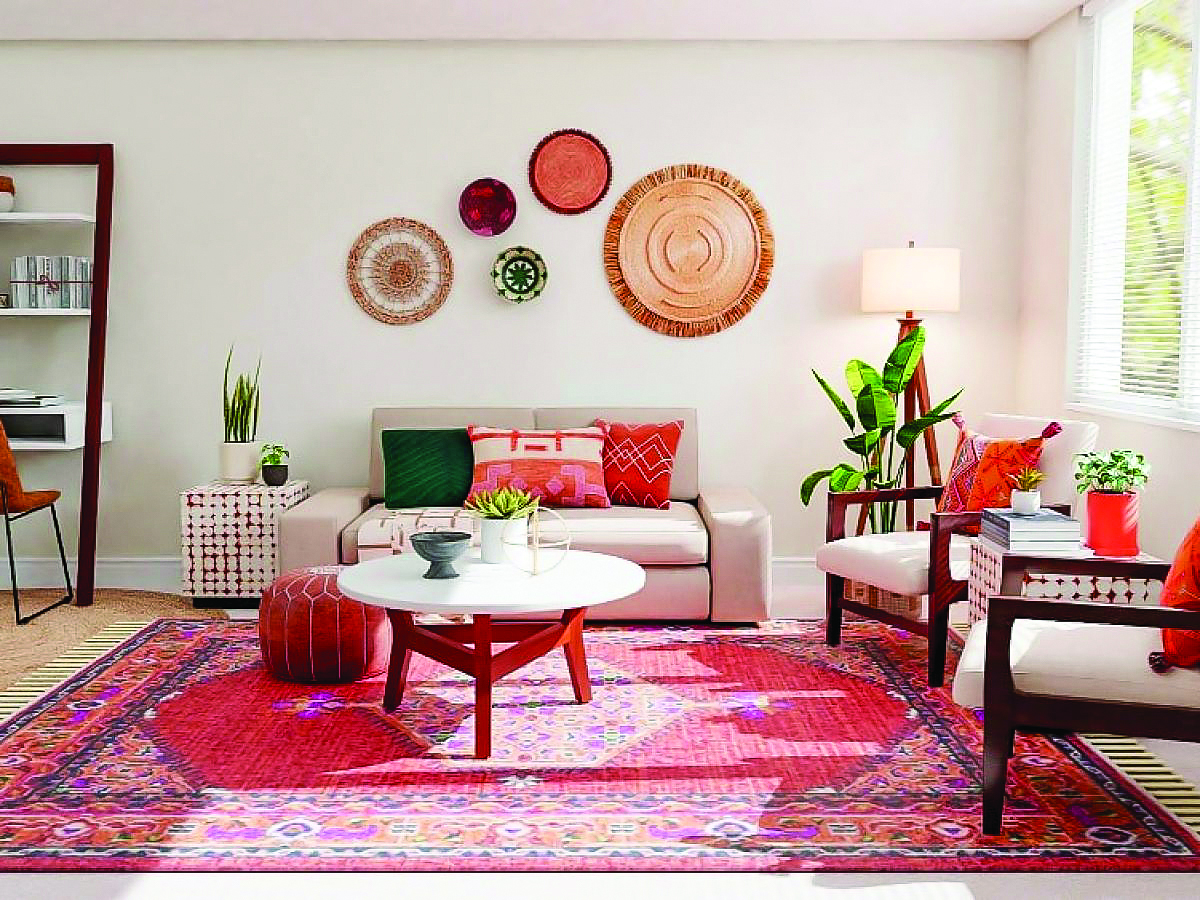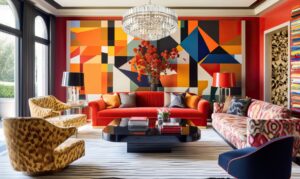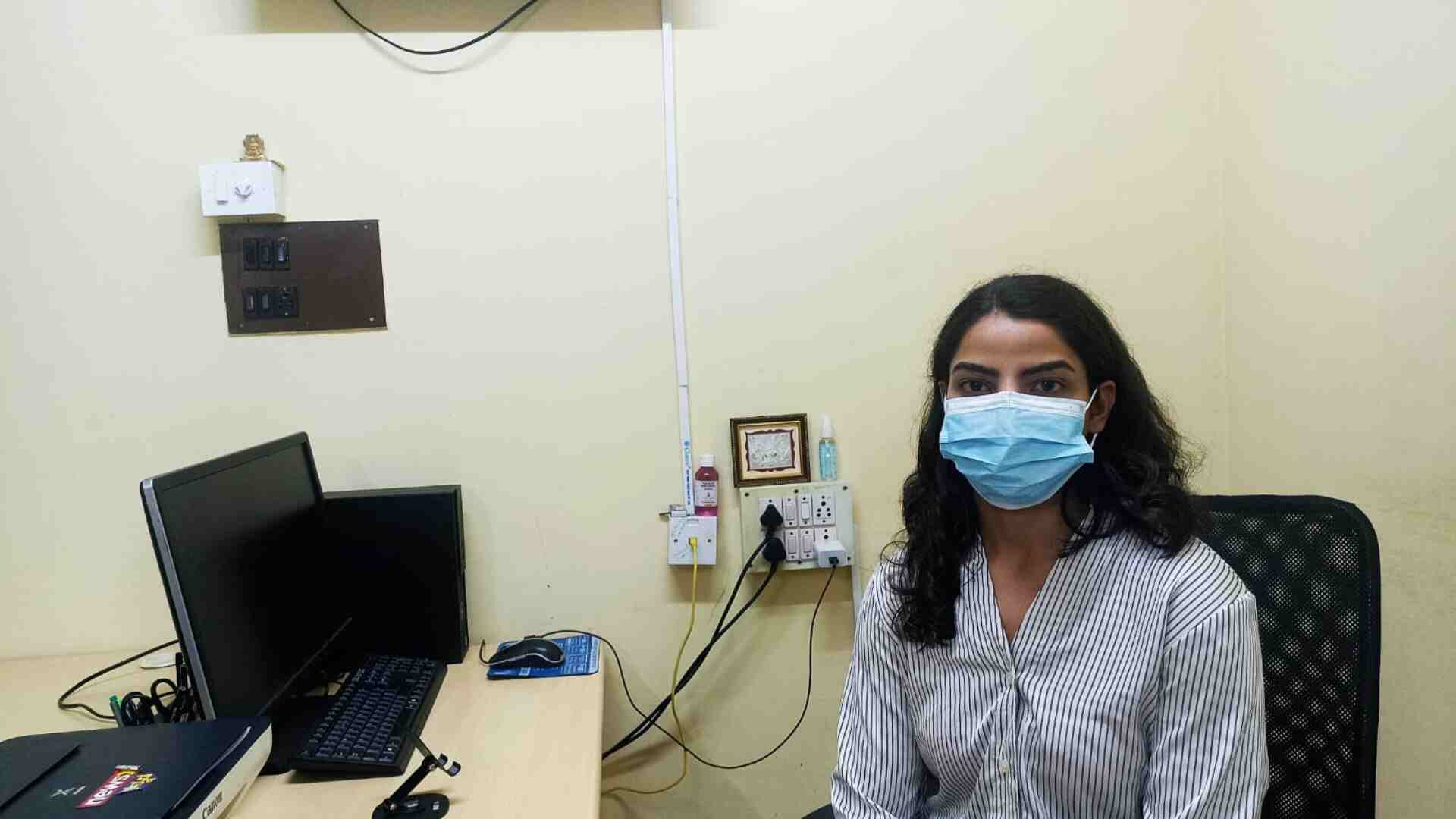
Lighting is vital in interior design, yet many homes and offices are lacking in this crucial domain. Why is this aspect so important, and what should you do to ensure your spaces are up to the mark?
“We are born of light. The seasons are felt through light. We only know the world as it is evoked by light,” said Louis Kahn, a legendary American architect and scholar on the role of lighting in architecture.
If there’s one thing whose importance cannot be overemphasized in creating living and workspaces, it’s the use of light. Every seasoned professional in architecture and décor knows this instinctively. Ancient Indian treatises like the Vaastu Shastra have also laid ample emphasis on lighting.
Human beings are creatures of sight. Naturally, lighting has a direct impact on how we respond to our environment. The art of interior décor is about creating the perfect ambience for the right user. Yet, far too many offices and residences suffer from improper lighting. Anyone who buys a home or office is creating their dream space, which contributes immensely to their quality of life and productivity.
It may seem like an exaggeration, but the scale of the problem is significant. Therefore, it’s vital to generate more awareness about this key aspect, especially among consumers. Before you plan your next office or home, here is a primer on what you need to remember.
The Secret Sauce: Good Lighting
When creating a quality living space, layout, technology, woodwork, art, functionality, and materials are all vital ingredients. Many in the industry do great work in some of these areas, yet they often fall short when it comes to lighting. For most in the décor field, lighting proves to be the Achilles’ heel.
To begin with, there are at least five aspects to consider while choosing the lighting design for an establishment: functionality, style, size, efficiency, and aesthetics.
Functionality
Functionality refers to the purpose of a room or office space. What is it designed for? For instance, the lighting design for a plush MNC office would be different from that of a university library or an art gallery. Even within a home, the lighting requirements of the kitchen differ from those of the living room. Task lighting techniques help us shape the perfect environments.
Style
Style complements functionality. Lighting has a direct impact on mood. What colors—warm or cool—are best suited for an environment? Is the ambience designed to be modern or traditional? Different colors can set different moods. Is the aim to create an environment that suggests clarity and productivity, or coziness, warmth, and intimacy? Lighting can do more than many may believe.

Space
Space is the third key element. The requirements of a large hall are different from those of an attic. A seasoned professional would also figure out the different lighting needs at different times of the day. For instance, the lighting requirement at a hospital OPD changes from morning to evening depending on the hour. Dynamic lighting techniques give us more control over how décor professionals use light.
Efficiency
Efficiency is the fourth crucial aspect. Energy efficiency is a buzzword and often a key aspect of building design. Décor must carry this forward. The use of natural lighting to varying degrees is an art and science in itself.
Aesthetics
Finally, it all comes down to aesthetics. The true test of lighting in decor is to turn an ordinary space into a captivating one. All the hard work and planning bear fruit only if the result is pleasing to the eye and enriches the mind. The ability to deliver on this count is what separates the expert from the amateur.
Mission Perfection
There are many other aspects that go into creating a perfect lighting environment, but if these five crucial elements are taken care of, the result is satisfying.
It’s painful to see lavish interiors fail to impress due to poorly designed lighting. Surprising, as in India, even our ancient texts, including Vaastu Shastra, emphasize suitable illumination for positive energy and well-being.
No to ‘One Size Fits All’ Approach
In décor, each space must be crafted to its unique requirements. There can be no ‘One Size Fits All’ approach. However, the fundamentals remain the same. If the five aspects mentioned above are considered, the results will range from satisfactory to breathtaking. May the Light be with you!
The author is the Executive Director, Rushil Decor Ltd.















